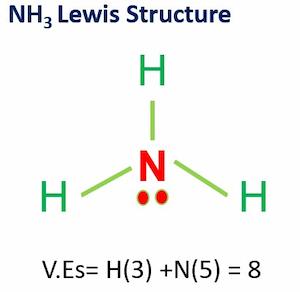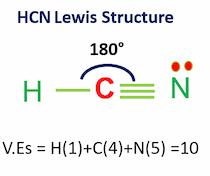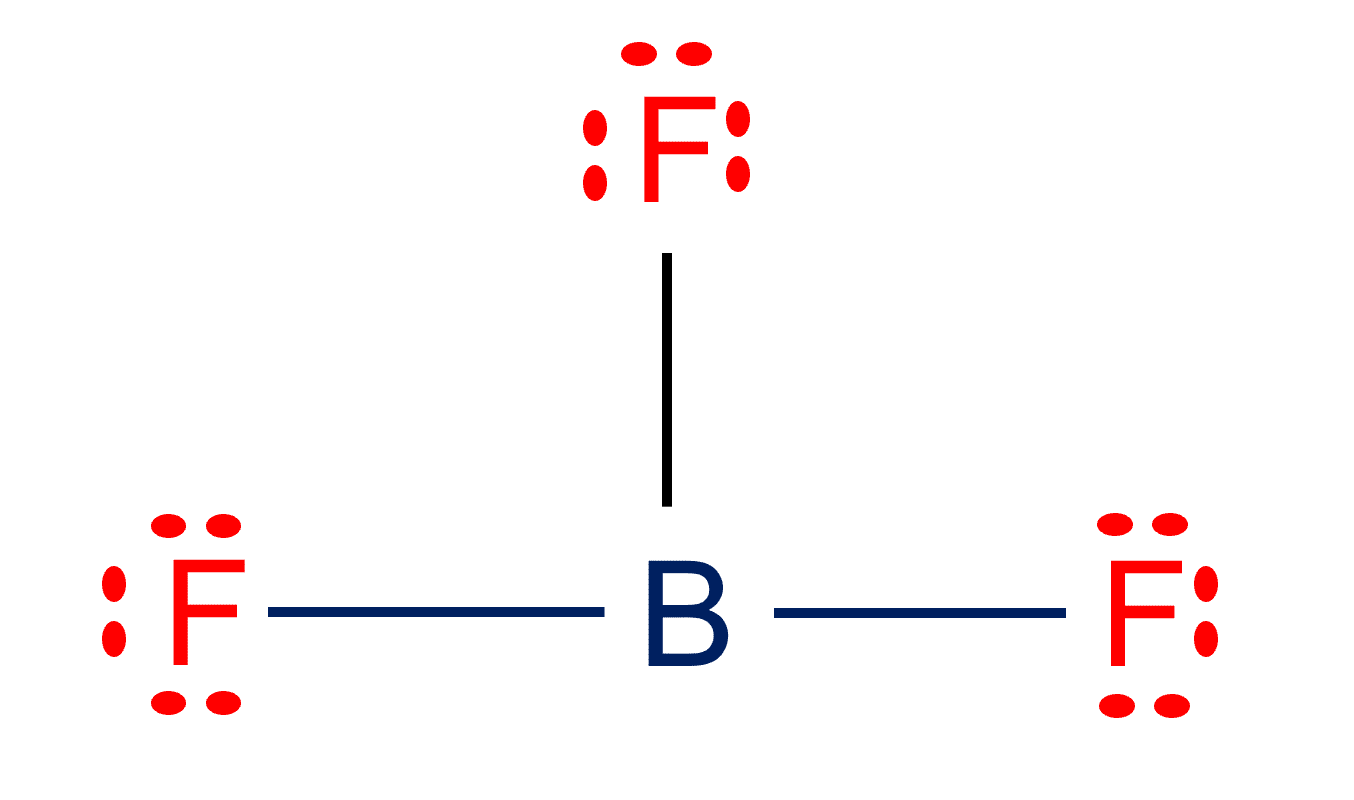Phosphorus trichloride, often abbreviated as PCl3 or PCl₃, is a chemical compound composed of phosphorus (P) and chlorine (Cl) atoms. In this comprehensive guide, we will unveil the Lewis structure of PCl3 and delve into its molecular shape, bond characteristics, polarity, and hybridization.
| Name of Molecule | Phosphorus Trichloride (PCl3) |
| Bond Angles | approx. 109.5 degrees |
| Molecular Geometry of PCl3 | Trigonal Pyramidal |
| No. of Valence Electrons | 26 |
| Hybridization | sp3 |
| Polarity | polar |
Table of Contents
What is the Lewis Structure for PCl3 and How to Draw It
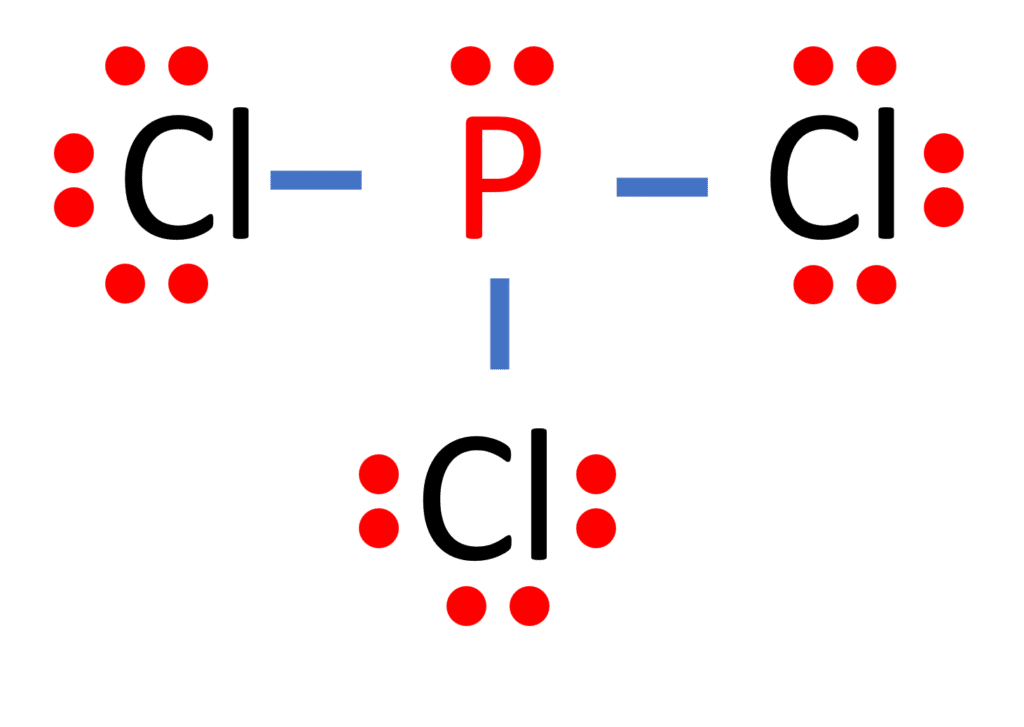
The Lewis structure of a molecule provides a visual representation of its atom arrangement and valence electrons. To draw the Lewis structure for PCl3, follow these steps:
1. Calculate the total number of valence electrons in PCl3. Phosphorus (P) has 5 valence electrons, and each chlorine (Cl) atom possesses 7 valence electrons. With three chlorine atoms in PCl3, the total valence electrons sum up to 26.
2. Determine the central atom. In PCl3, phosphorus acts as the central atom due to its ability to form multiple bonds.
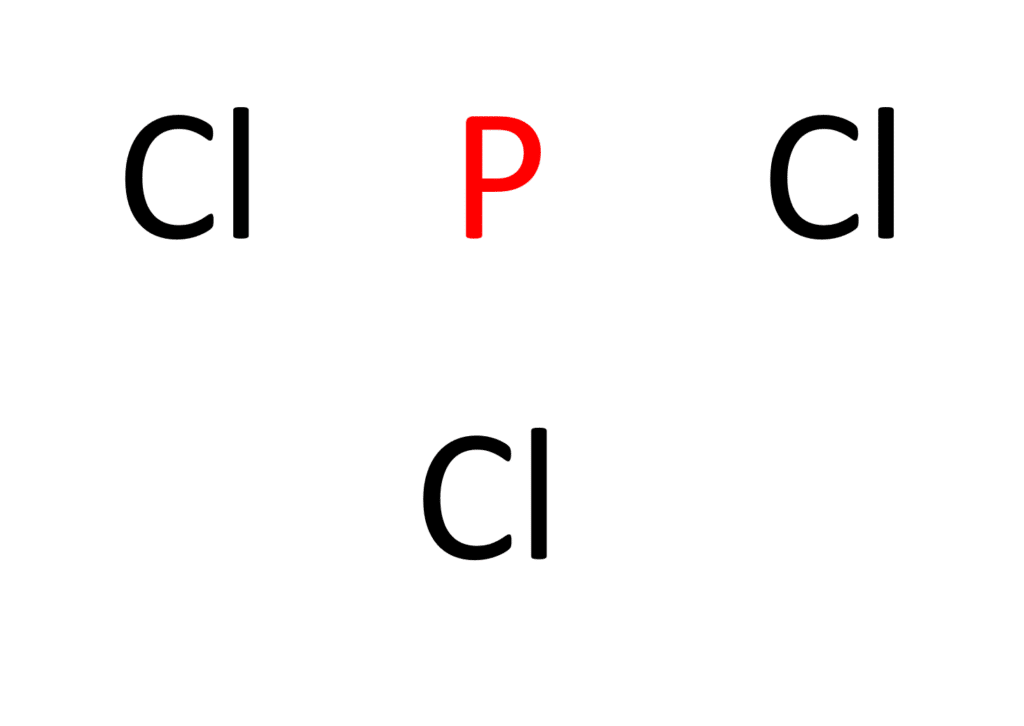
3. Establish single bonds connecting the atoms. Phosphorus forms single bonds with each of the three chlorine atoms (P-Cl).
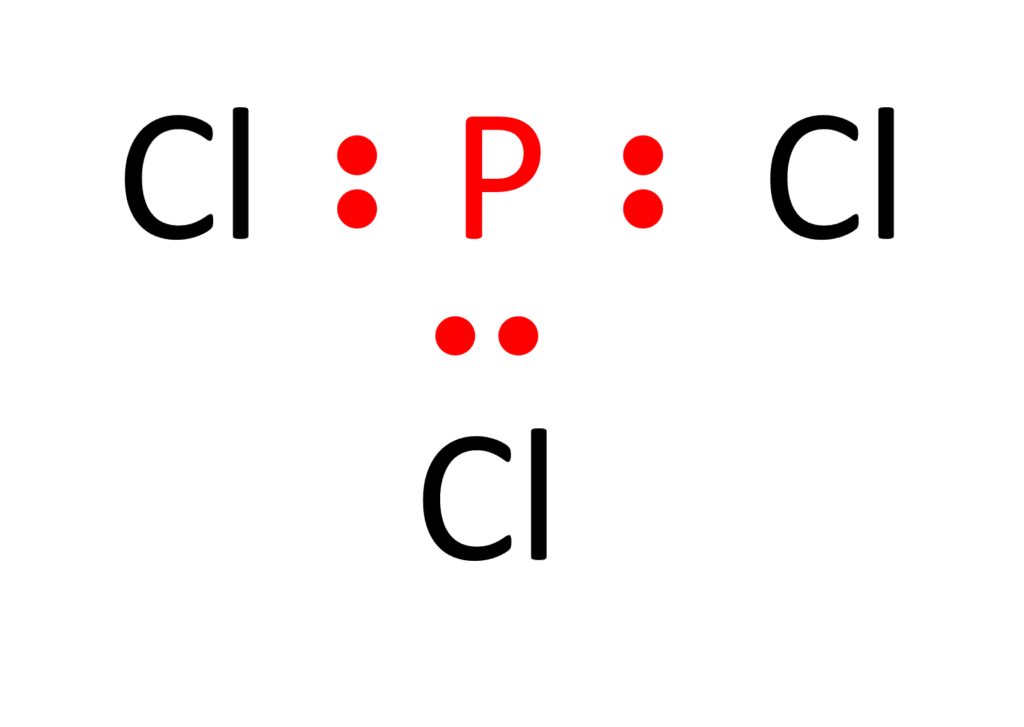
4. Distribute the remaining valence electrons to satisfy the octet rule. Each chlorine atom attains a full valence shell by forming a single bond with phosphorus, resulting in the Lewis structure of PCl3.
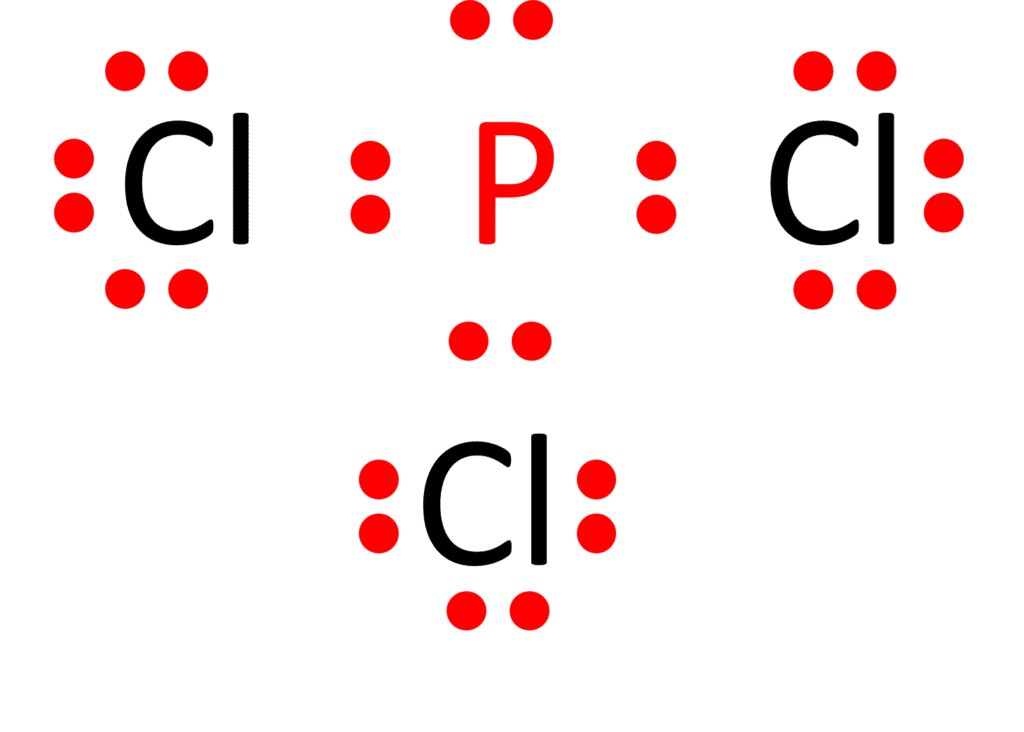
What is the Molecular Shape of PCl3
The molecular shape of PCl3 is trigonal pyramidal. In this configuration, the central phosphorus atom is bonded to three chlorine atoms, and an unshared pair of electrons on phosphorus creates a pyramidal shape. The bond angles between the central phosphorus atom and the three chlorine atoms are approximately 109.5 degrees.
Why Does PCl3 Form Single Bonds
PCl3 forms single bonds because each chlorine atom shares one pair of electrons with phosphorus, resulting in a single bond. This arrangement allows all atoms to satisfy the octet rule and maintain a stable electron configuration.
Is PCl3 Polar or Nonpolar
PCl3 is a polar molecule. The electronegativity difference between phosphorus and chlorine atoms leads to polar P-Cl bonds. Moreover, the trigonal pyramidal molecular shape results in an overall molecular dipole moment, making PCl3 a polar molecule.
PCl3 Hybridization
Phosphorus in PCl3 undergoes sp3 hybridization, involving the combination of one s orbital and three p orbitals of phosphorus to form four sp3 hybrid orbitals. These hybrid orbitals overlap with the p orbitals of chlorine atoms, creating sigma bonds and maintaining the trigonal pyramidal molecular shape of PCl3.
Conclusion
In conclusion, understanding the Lewis structure, molecular shape, polarity, and hybridization of PCl3 provides profound insights into its chemical properties and behavior. The trigonal pyramidal shape, single bonds, and polarity of PCl3 contribute to its distinctive characteristics, influencing its role in various chemical reactions and applications.
- BCl3 Lewis Structure in four simple steps - November 1, 2023
- PH3 Lewis Structure in four simple steps - October 8, 2023
- PF3 Lewis structure in four simple steps - September 24, 2023


